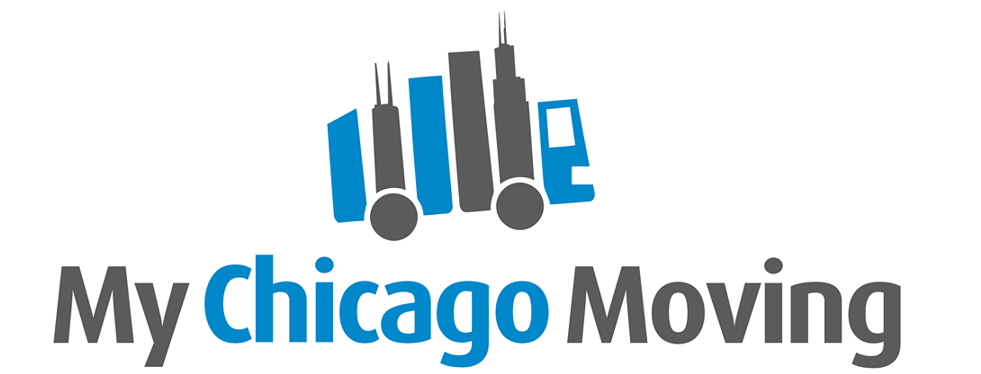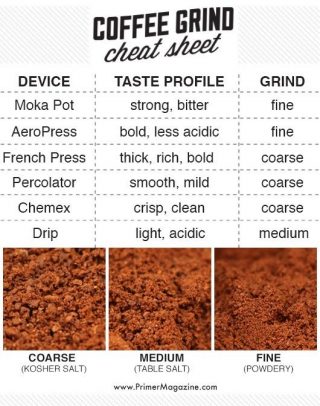1. Philips screwdriver. A Philips or X-shape screwdriver is probably one of the most common tools in any toolbox. If you have a have a handle that accepts interchangeable tips, you can cover a wide range of screw types and sizes.
2. Flathead screwdriver. A flathead or straight screwdriver is invaluable; most light switch plates use straight screws, for example. Having the right size flathead can make a difference, so start with at least a set of three (small, medium and large) to be able to handle most jobs.
3. Tape measure. Your tape measure is indispensable for estimating material quantities, figuring out placement of objects, and calculating floor plans and furniture sizes. It’s always a good idea to measure more than once to make sure you’ve got it right.
4. Level. Some people are good at eyeballing whether something is level or not, but this tool takes all the guesswork away. It takes only a slight error to make objects look off-kilter.
5. Utility knife. From cutting paint around windows that are stuck closed to opening boxes, scoring drywall or even trimming the edges of carpet, the uses are so many that you’ll be surprised how you ever got by without one.
6. Hammer. Pounding nails, pulling nails, crowbar action, tapping things into place — it almost goes without saying why you need hammer. An expensive hammer is long and lightweight; its leverage can assist you when you take that wall down.
7. Putty knife. A putty knife is great for scraping dry glues and paints and for spreading putty, paste and spackle. Having a 1½-inch size for scraping and a 5- or 6-inch one for spreading is helpful.
8. Nail set. A nail set is used for sinking nail heads below the surface of the wood, so that you can then fill the hole with wood putty and sand it, to make the nail disappear. This way the hammer never has to make an ugly dent in the surface you are pounding.
9. Combination square. This multi-use tool can verify 90- and 45-degree angles for miter cuts, measure depths and short distances, and is great for scribing a straight line. It also has a vial to make sure your project is level or plumb.
10. Pliers. The serrated jaws of pliers assist with holding objects firmly, as well as with pulling, pinching or bending metal.
11. Adjustable crescent wrench. There is a screw built into the head of this wrench; turning it adjusts the size of the opening, so that it fits onto most any hexagonal nut. Turning a nut with pliers just strips the edges, making it harder and harder to get a good grip when tightening or loosening it.
12. Wire stripper. This wire stripper has a blade for cutting wire to the proper length and several notches for scoring the insulation around wires of varying sizes, which can then be pulled off. Wire has to be exposed without the plastic coating to make electrical connections.
13. Hex key tool (or Allen key). Some screws, especially bicycles and assemble-it-yourself furniture for which a flush screw is necessary, use hexagonal sockets. Multiple hex key sizes can be purchased separately and the leverage on these is better, but a jackknife-style set such as this provides everything you need in one tool.
14. Power drill. Drilling implies creating holes, and a power drill is the ultimate luxury when tired hands have turned too many screws. It adapts not only to drill bits to bore holes, but also to every kind of screw-head bit, making larger projects go quickly and with less muscle. Just be careful to stop when the fastener is tight so you don’t strip the screw head. Don’t skimp on this tool — you will appreciate having a lot of power.
15. Electrical cord. A rugged, well-insulated indoor-outdoor power cord for high-amp tools will help you extend the limited cord of your tools to your job site — and it’s suitable for yard work too.
16. C-clamp. This tool can hold pieces of wood, metal, or plastic together when you need to glue, saw or file them. Use a thin shim between the clamp and the object you are working on so the clamp doesn’t mar the surface.
17. Flashlight. Necessary repairs can happen in dark, cramped spaces and even when the power is out. Plus, everyone loves to help by holding the flashlight for you. They don’t work without batteries, so have extras on hand.
18. Ladder or step stool. Painting, reaching the light bulb, changing fixtures, trimming the hedge, stringing lights, getting into the attic and many more activities require the aid of a ladder.
19. Broom and dustpan. When projects get messy, save your household broom from harsh debris by having a dedicated set.
20. Music. Every job is made easier with music or talk radio. This is why hardware stores sell radios, although those are more rugged, with rechargeable battery packs that can also be used in your cordless tools. More rugged means when you drop your hammer on it, you just pick it up and get back to work.


 https://www.bespokepost.com/the-post/the-ultimate-coffee-brewing-showdown-the-pros-and-cons-of-each-method
https://www.bespokepost.com/the-post/the-ultimate-coffee-brewing-showdown-the-pros-and-cons-of-each-method